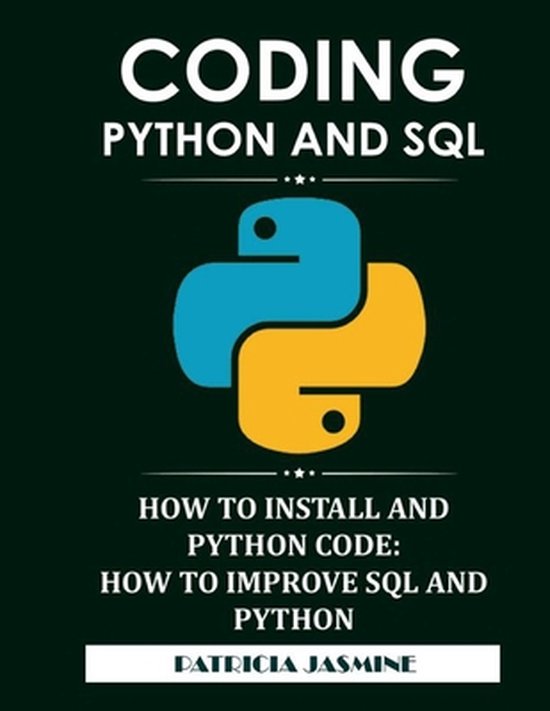
The Definitive Guide to Database Programming with Python and MySQL
You will learn Python/MySQL fast, easy and fun. This book provides you with a complete MySQL guidance presented in an easy-to-follow manner. This Python MySQL book shows you how to use MySQL connector/Python to access MySQL databases. You will learn how to connect to MySQL database, and perform common database operations such as SELECT, INSERT, UPDATE and DELETE. In addition, we will show you some useful tips such as how to call MySQL stored procedures from Python, and how to work with MySQL BLOB data. Each chapter has practical examples with SQL script and screenshots available. If you go through the entire chapters, you will know how to manage MySQL databases and manipulate data using various techniques such as MySQL queries, MySQL stored procedures, database views, triggers.
In the first part of the book, you will learn Basic MySQL statements including how to implement querying data, sorting data, filtering data, joining tables, grouping data, subquerying data, dan setting operators.
Aside from learning basic SQL statements, you will also learn step by step how to develop stored procedures in MySQL. First, we introduce you to the stored procedure concept and discuss when you should use it. Then, we show you how to use the basic elements of the procedure code such as create procedure statement, if-else, case, loop, stored procedure’s parameters.
In the next chapter, we will discuss the database views, how they are implemented in MySQL, and how to use them more effectively. After that, you will learn how to work with the MySQL triggers. By definition, a trigger or database trigger is a stored program executed automatically to respond to a specific event e.g., insert, update or delete occurred in a table. The database trigger is powerful tool for protecting the integrity of the data in your MySQL databases. In addition, it is useful to automate some database operations such as logging, auditing, etc.
Then, you will learn about MySQL index including creating indexes, removing indexes, listing all indexes of a table and other important features of indexes in MySQL. MySQL uses indexes to quickly find rows with specific column values. Without an index, MySQL must scan the whole table to locate the relevant rows. The larger table, the slower it searches. After that, you will find a lot of useful MySQL administration techniques including MySQL server startup and shutdown, MySQL server security, MySQL database maintenance, and backup. The last chapter gives you the most commonly used MySQL functions including aggregate functions, string functions, date time functions, control flow functions, etc.
| Auteur | | Vivian Siahaan |
| Taal | | Engels |
| Type | | E-book |
| Categorie | | Computers & Informatica |





